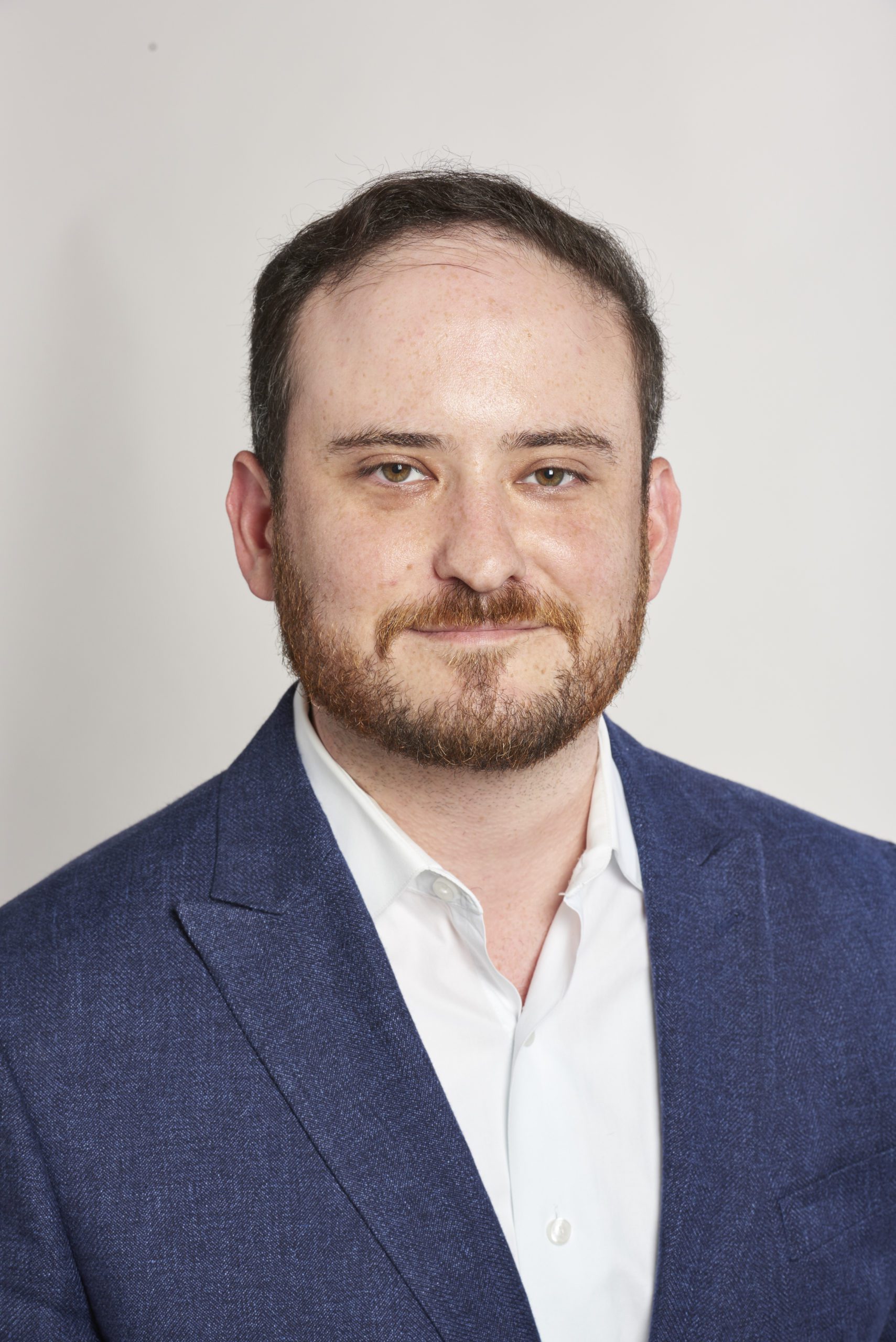
Limitations in Dermatology Today
Dr. Ungar notes that dermatologists tend to have higher reported levels of happiness overall when compared to other medical disciplines. He cites several possible reasons for this, such as the ability to draw upon various skills to meet the daily challenges of assessing a situation, mainly because the skin is a large and medically complex organ. Another possible reason for dermatologists reporting generally high satisfaction levels is the ability to detect problems early enough to have positive outcomes. This leads, of course, to grateful and satisfied patients in many cases. However, Dr. Ungar points out that evaluating the patient’s skin or changing conditions of a specific area is almost impossible to do visually even after consecutive visits due to simple human limitations such as a dermatologist’s eyesight or memory. Even using a handheld camera is sub-optimal when comparing images. Another limitation could be due to user error and insufficient time investment for the patient and doctor.
Digital Dermoscopy of the Future
With the assistance of a multi-million dollar donation from the Waldman family, Dr. Ungar has unveiled a modern solution to deal with these problems of accurately and efficiently gathering a patient’s skin condition: the Canfield VectraWB180. This massive technology allows clinicians to map the entire human body in a 3D image in the latest macro quality resolution. To be more specific, the device enhances a dermatologist’s visual inspection tenfold, and provides unprecedented accurate data to quickly monitor lesions and troublesome areas over multiple points in time. “The photos are taken in a matter of seconds, not hours like previously, when we were manually taking it.” When the patient steps inside this eleven-foot tall medical technological marvel, over forty cameras from multiple angles document the entire skin organ in about 15 minutes. Despite the machine’s sci-fi look, it’s purely photographic and safe for virtually all patients. What’s helpful to the clinicians is that the technology can be integrated with existing dermatology systems and imported directly into a patient’s chart. “This is invaluable because as the skin changes, it is difficult to note what this looked like six months ago.”
Non-invasive Skin Cancer Detection with “Bladeless Biopsy”
Another problem for dermatologists is the challenge of distinguishing between benign and malignant skin lesions. Years ago, this required surgical removal; it was very uncomfortable for many patients because of problematic locations, such as the tip of the nose. “There are cosmetically sensitive areas. If there is a scar on the tip of your nose from a skin removal for a biopsy, you’re stuck with a scar for the rest of your life.”
However, Dr. Ungar shares with Top Doctor Magazine that his experience with non-invasive methods has been very positive. Optical coherence tomography (OCT) and reflectance confocal microscopy (RCM) have been called “bladeless biopsies” because of their non-invasive nature. How it works is the clinician uses a handheld probe which you apply to the skin. Reading the device’s output gives the dermatologist more information on whether the skin lesion is normal or abnormal based on the electrical impedance differences. The OCT method gets a deeper penetration of the skin, while the RCM technique compliments it with a data-rich sampling of the outer part of the skin. Together it gives the clinician a real-time, three-dimensional sampling while increasing the likelihood of diagnostic accuracy. Patients further benefit from reduced recovery time, and in some cases, removes the need for reconstructive cosmetic surgery.
Meeting the Future with Humility
Dr. Ungar was born in The Mount Sinai Hospital, so he will always have a special connection to the hospital and its patients. Today, he leads the next generation of dermatologists revolutionizing the medical community’s approach to the patient’s skin and family medical history with new dimensions of analysis. Although there are always problems to be encountered, insurance companies are not always paying for these advanced treatments. For example, Dr. Ungar’s advice to all doctors is always to have humility when faced with obstacles, which are guaranteed to appear. His obsession with consistent growth as a dermatologist takes the field to another frontier of technological data-driven diagnostic discoveries. Despite these breakthroughs, he still emphasizes that consistent humility and service to patients are the cornerstones of any successful dermatology career.





0 Comments